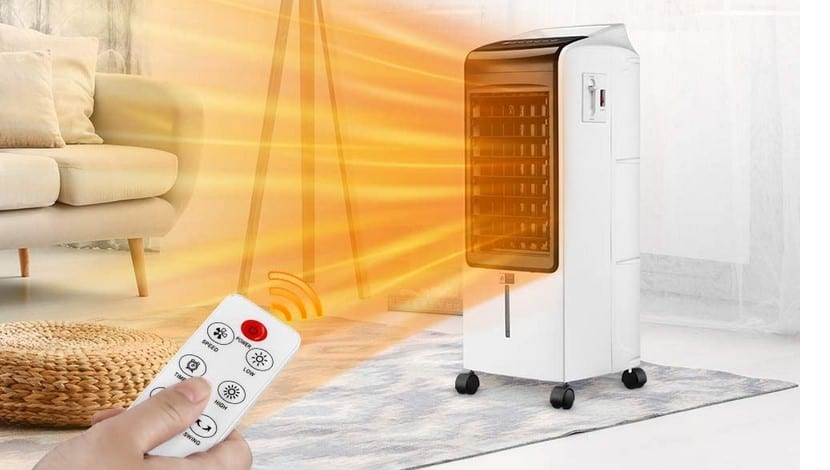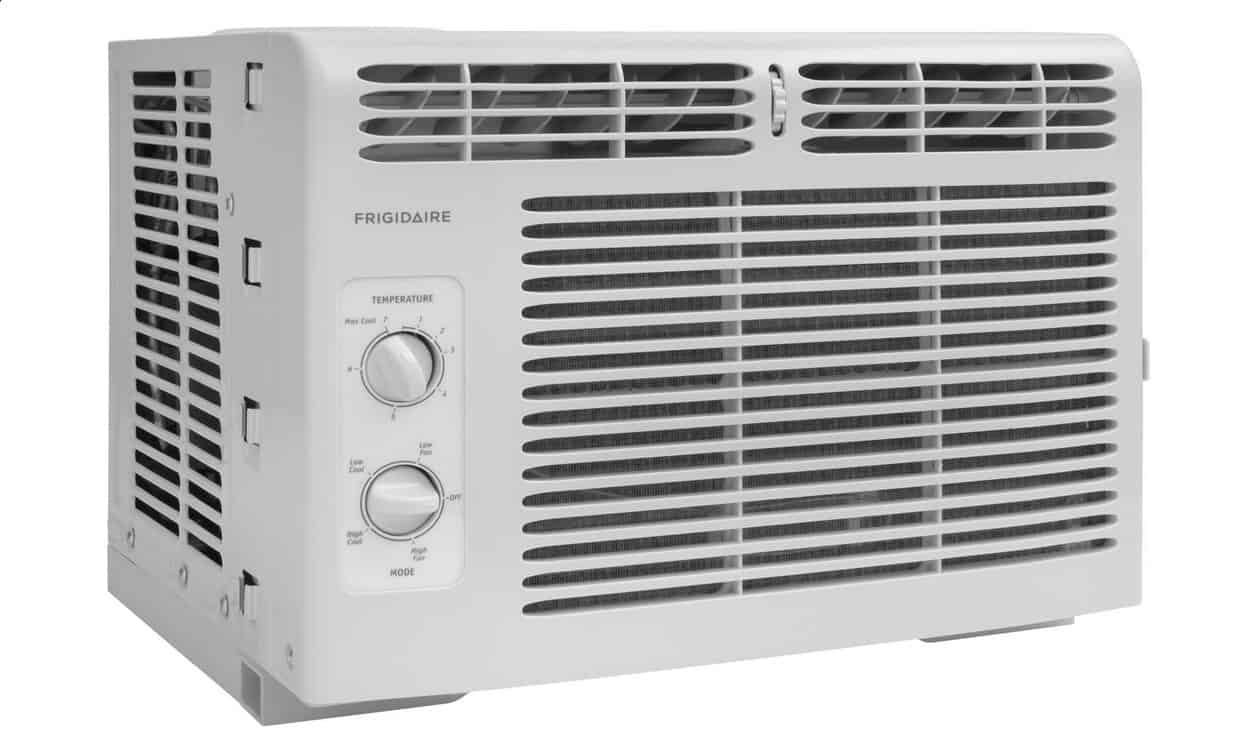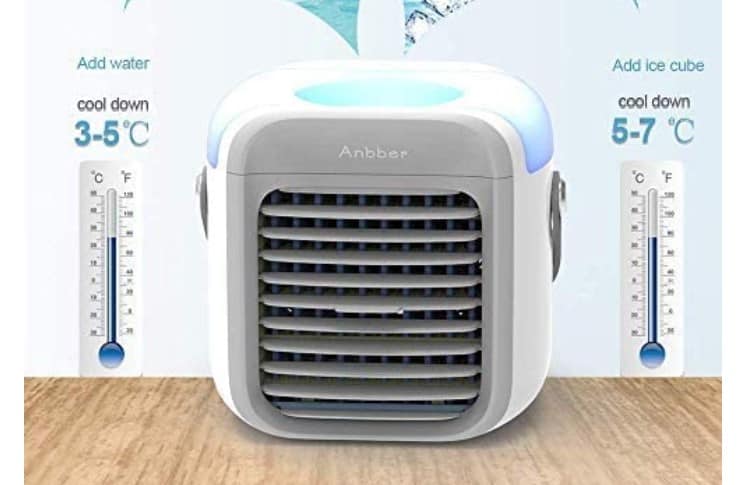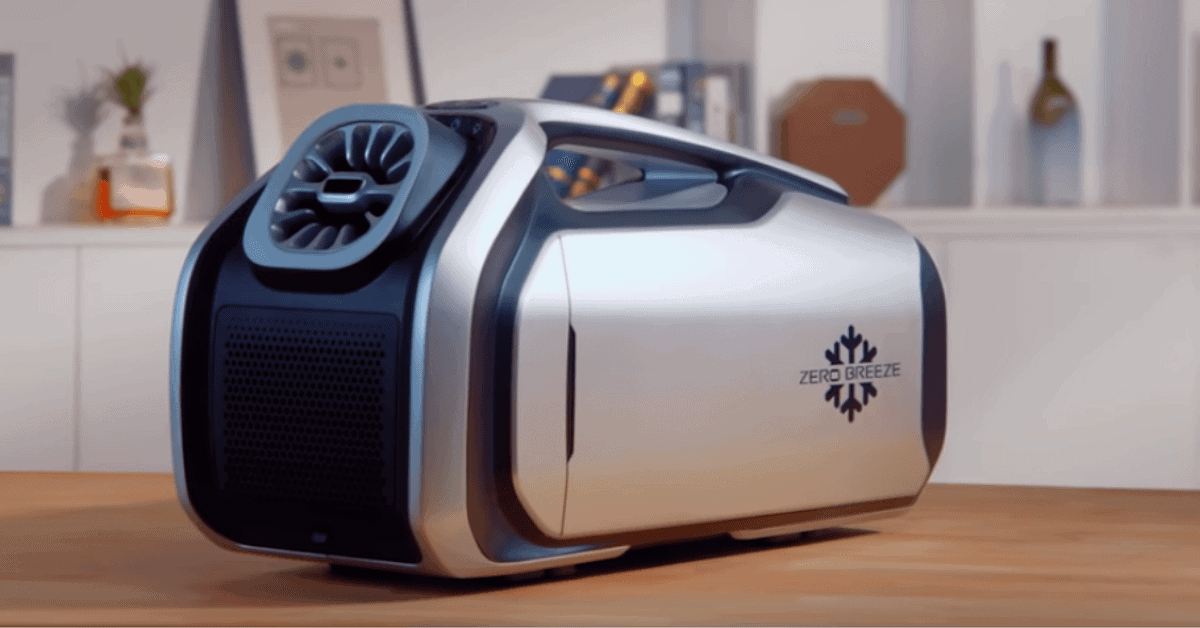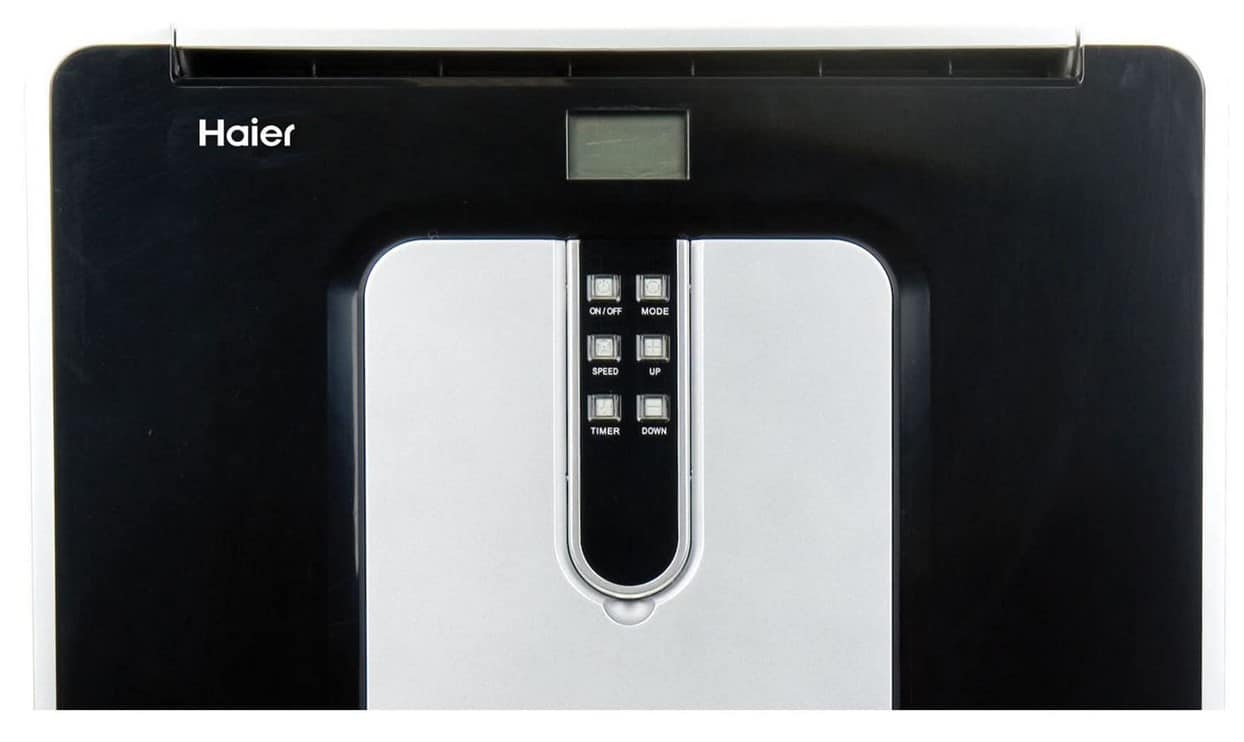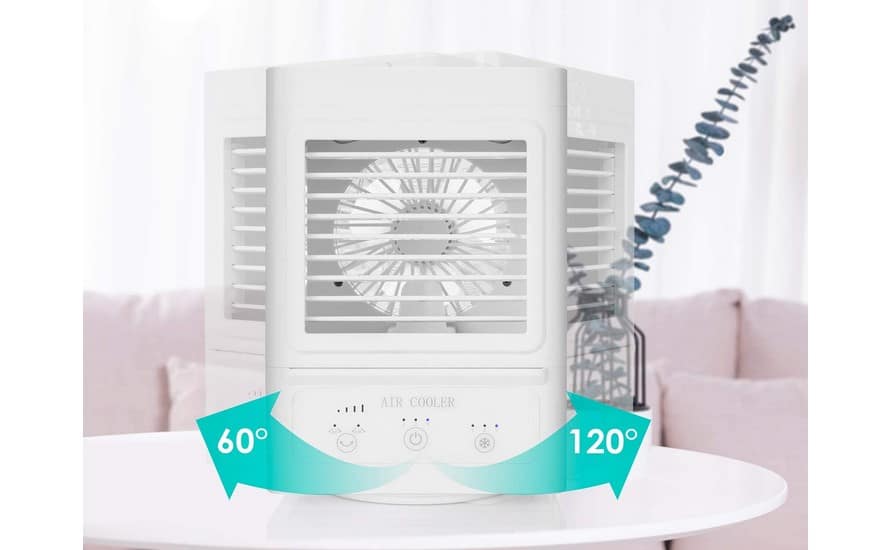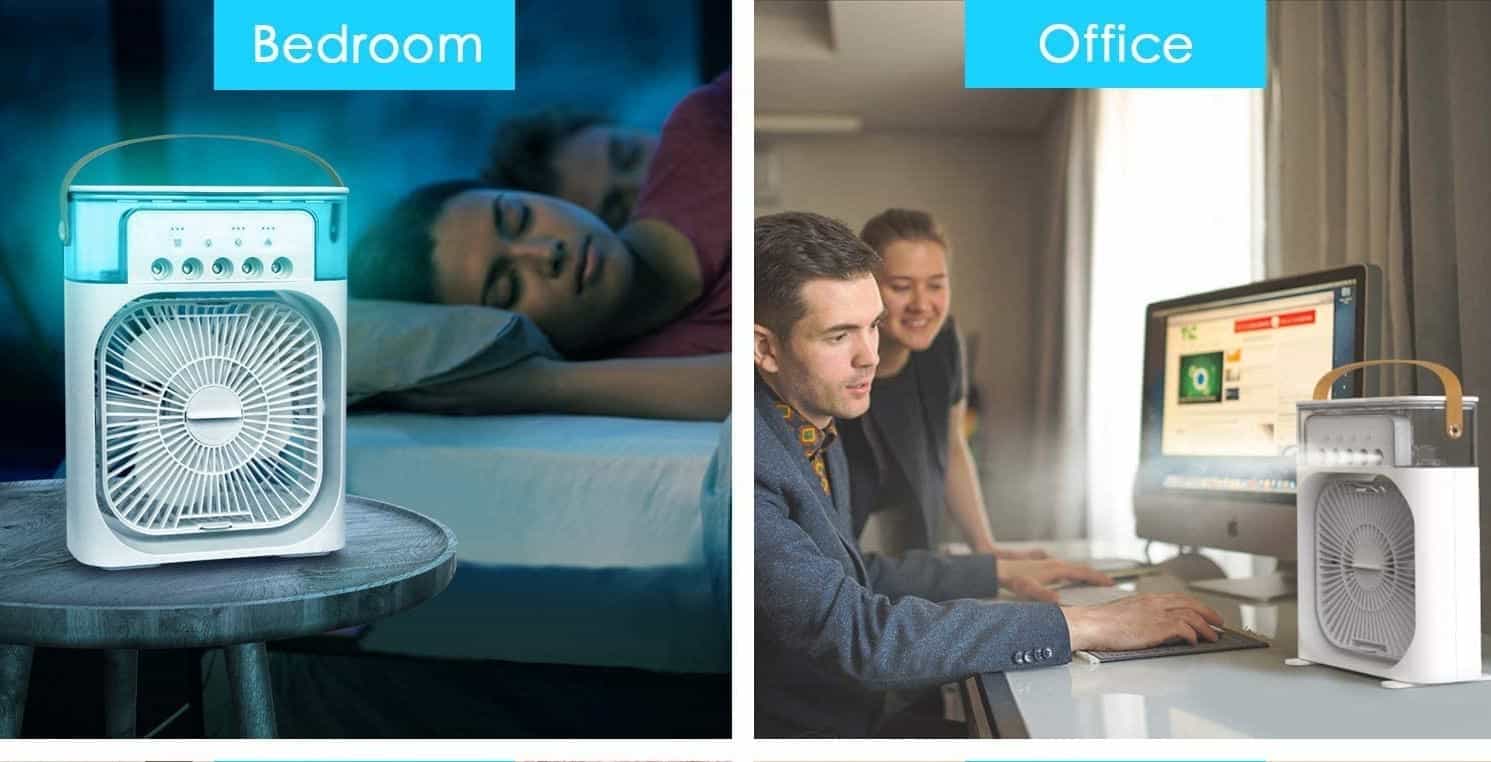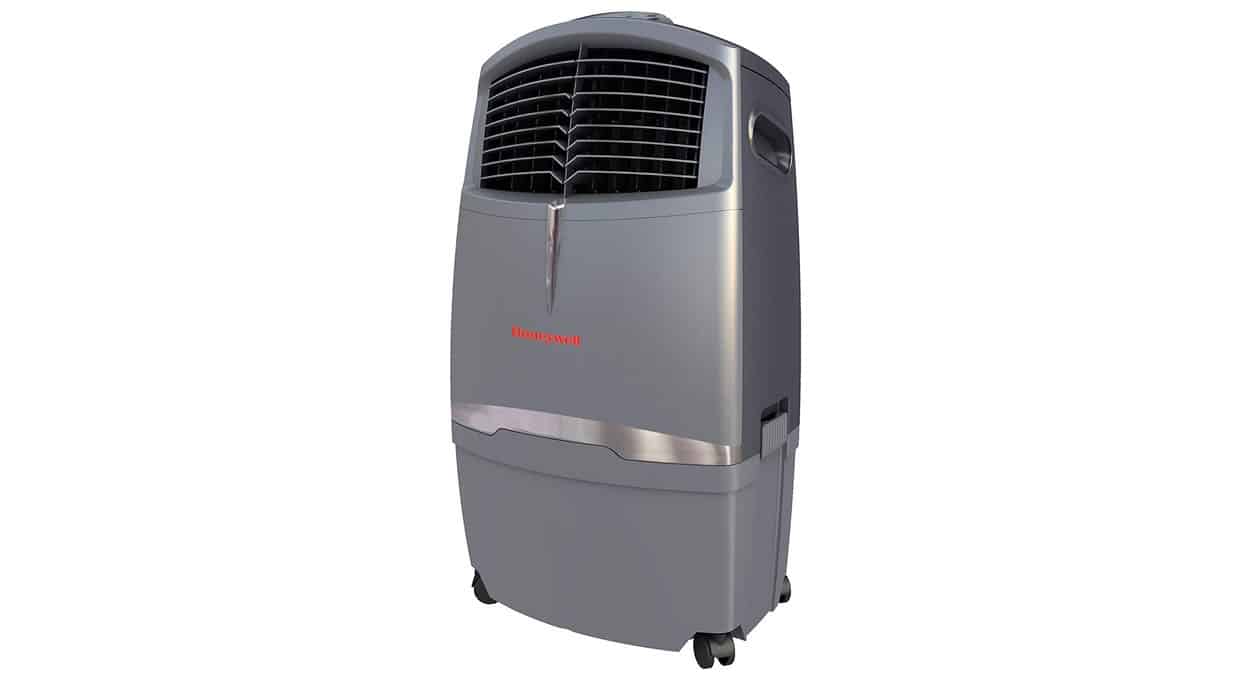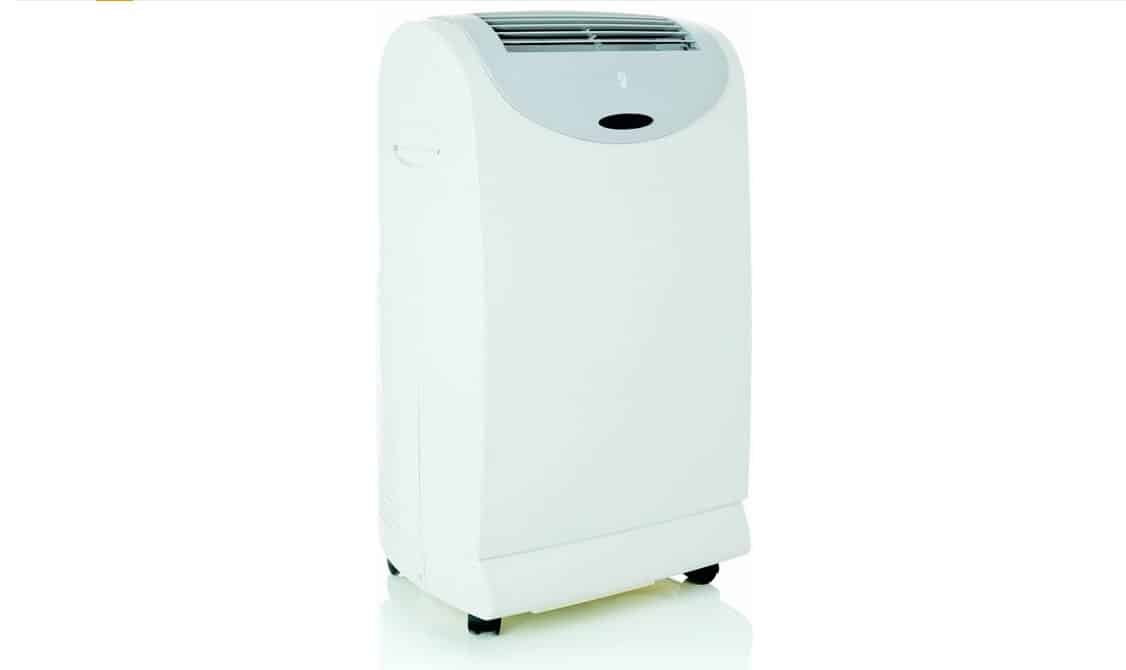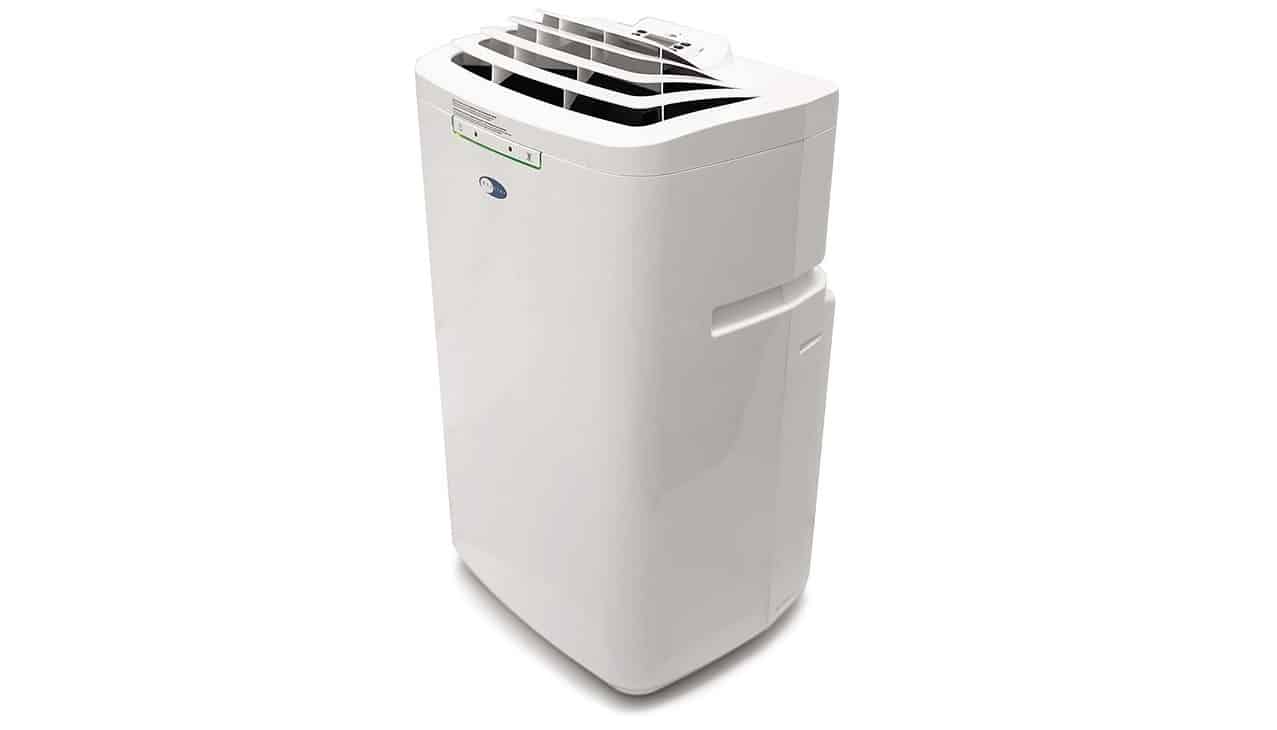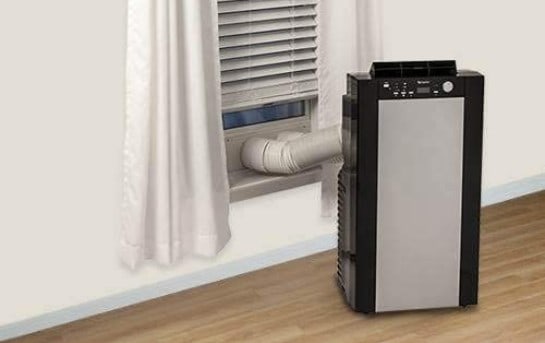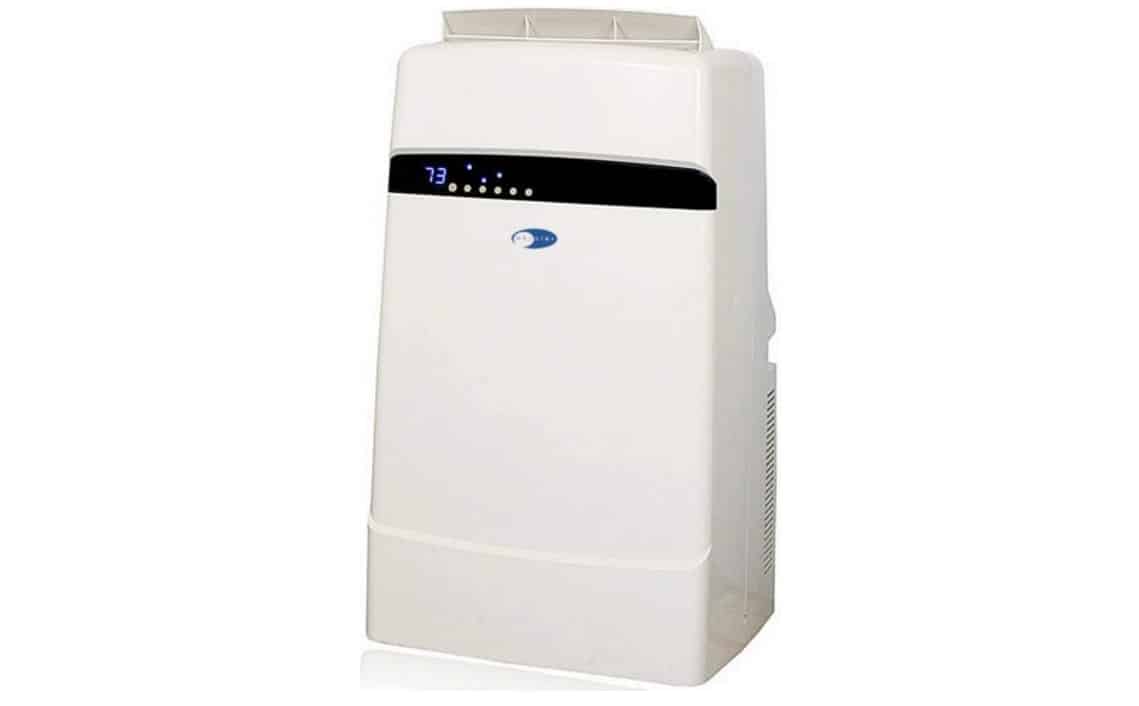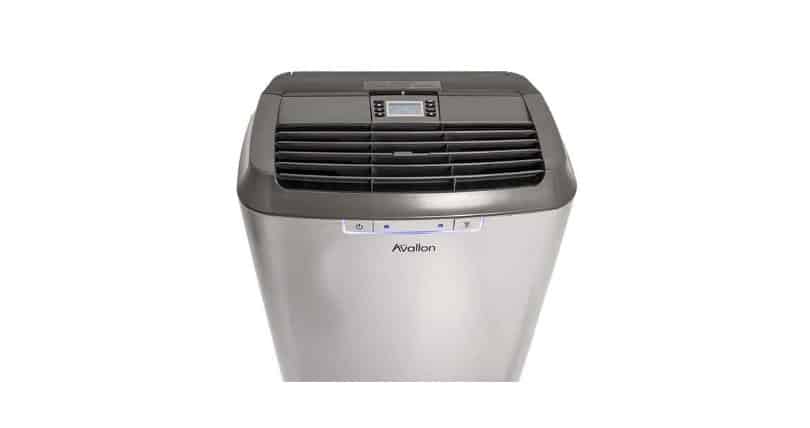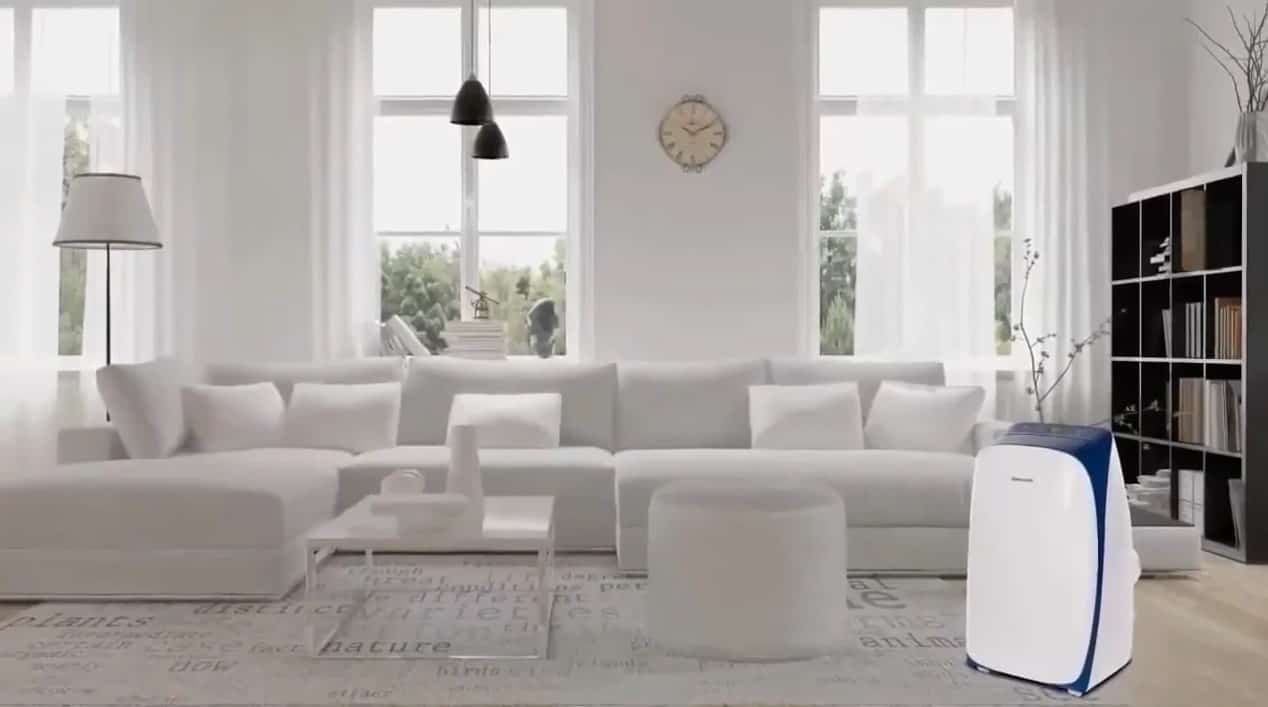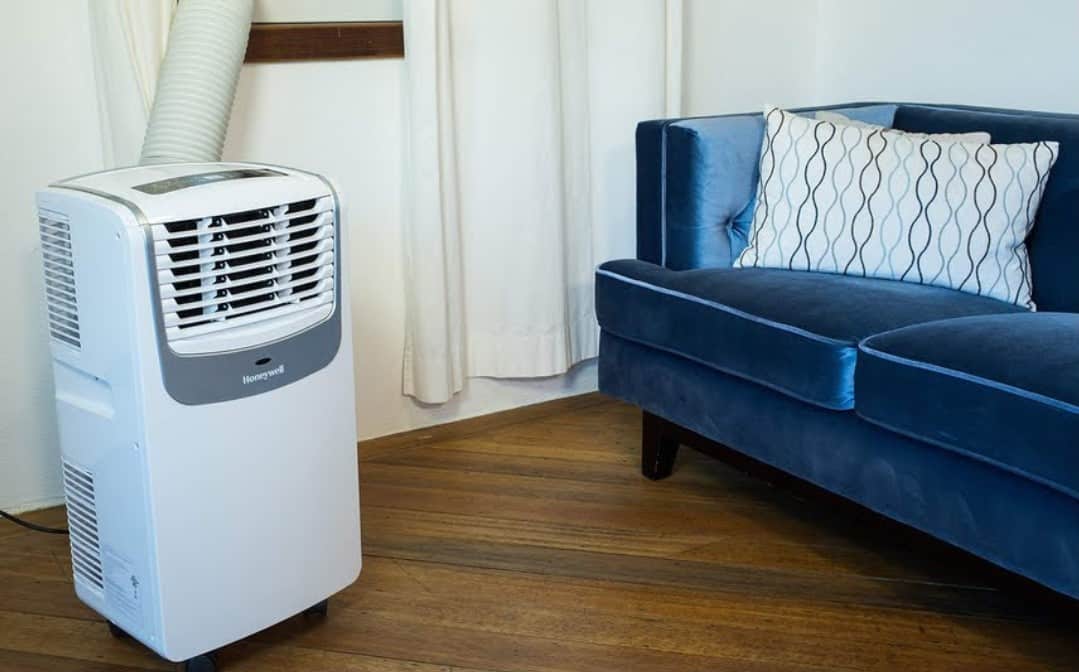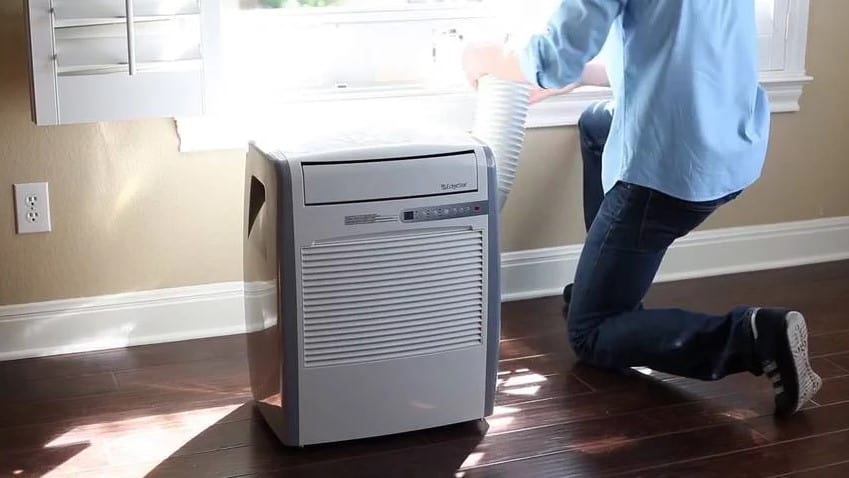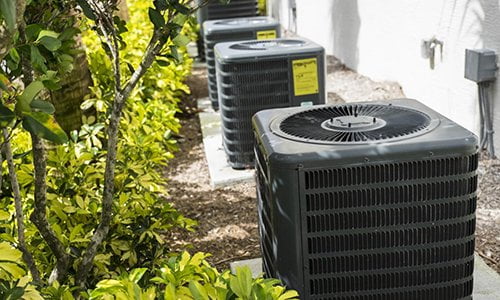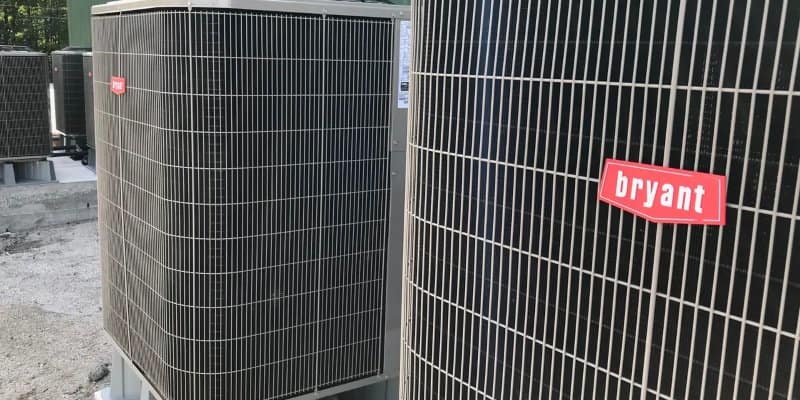If you are a newbie in the world of indoor cooling, you may wonder how to size a portable air conditioner. The best air conditioners, after all, are often portable and arrive in a wide variety of power options. So what does sizing mean when it comes to portable AC units and how do you complete the process? Keep reading to find out.
KEY TAKEAWAYS:
- When you refer to sizing a portable air conditioner, you are referencing the unit’s cooling power.
- A portable AC’s cooling power is measured in British Thermal Units, otherwise known as BTUs. The same goes for window air conditioners.
- An air conditioner needs 20 BTU for every square foot of floor space, so conduct the proper measurements and purchase accordingly.
What is Sizing With Portable AC Units?
When you are sizing a portable air conditioner, or when you are sizing a ductless mini-split air conditioner, you are really assessing the unit’s cooling power and comparing it to the size of the room it is placed in. This process starts with British Thermal Units, otherwise known as BTUs.
None of this sizing has to do with the actual weight or girth of the unit. In fact, for this sort of sizing, you’ll want to know other info like how to move an air conditioning unit, how to store a portable A/C, and how to use a portable air conditioner. All of these can be found in other articles.
Insider Tip
The BTU rating of any given air conditioning model should be clearly advertised on the packaging and in the instructions.
What is a BTU?
A British Thermal Unit measures the amount of energy needed to increase the temperature of a single pound of water by one degree. An air conditioner’s advertised BTU output refers to how many BTUs per hour the unit can remove from the air surrounding it. Generally speaking, a higher BTU rate leads to a more efficient and more powerful cooling ability. Though BTU units measure increases in water temperature, they do not refer to water-related AC incidents, such as when you are learning how to stop an AC from leaking water.
How to Size a Portable AC Via BTU Measurements
The first thing to understand here is that an AC unit that handles too many BTUs or too few BTUs for your specific space results in inefficient cooling and a decreased lifespan of the air conditioning system. In other words, balance is key, but how do you suss out that perfect ratio? It’s time to get into some math.
Proper BTU Requirements
It’s difficult to estimate your BTU requirement exactly, as it requires precise measurements of your space with proper 3D depth. However, it is much easier to select a product with the right range of BTUs to match your individual cooling needs.
Generally speaking, a portable AC unit needs about 20 BTU for every square foot of floor space in your room. Measure your room by multiplying the length of the space by the width. That’s your square footage.
In other words, a room of 300 square feet requires a portable AC with 10,000 BTU and a room of 500 square feet requires a unit with 14,000 BTU.
F.A.Q.S
How much maintenance do portable air conditioners need?
Modern portable AC units require some maintenance, such as cleaning or replacing air filters to reduce the noise level and increase longevity.
How loud are portable ACs?
Portable ACs are not known to be that loud, though it depends on what setting you have enabled via remote control, the exhaust hose, and what size air conditioner you are using.
Are portable air conditioners energy efficient?
A portable air conditioner should be energy efficient but depends on the specific make and model and how often you use it. Portable units, however, are known to be more efficient than a central air conditioning system.
STAT: Keep in mind that as the BTU rating increases, the size and weight of the air conditioner does as well. (source)
REFERENCES:
- https://www.lowes.com/n/buying-guide/portable-air-conditioner-buying-guide
- https://www.sylvane.com/tips-buying-portable-air-conditioner.html
- https://blog.bestbuy.ca/appliances/air-conditioner-fans/how-to-properly-size-your-air-conditionerr
- https://www.pickhvac.com/room-ac-unit/sizing/
- https://blog.purennatural.com/how-to-determine-portable-air-conditioner-size

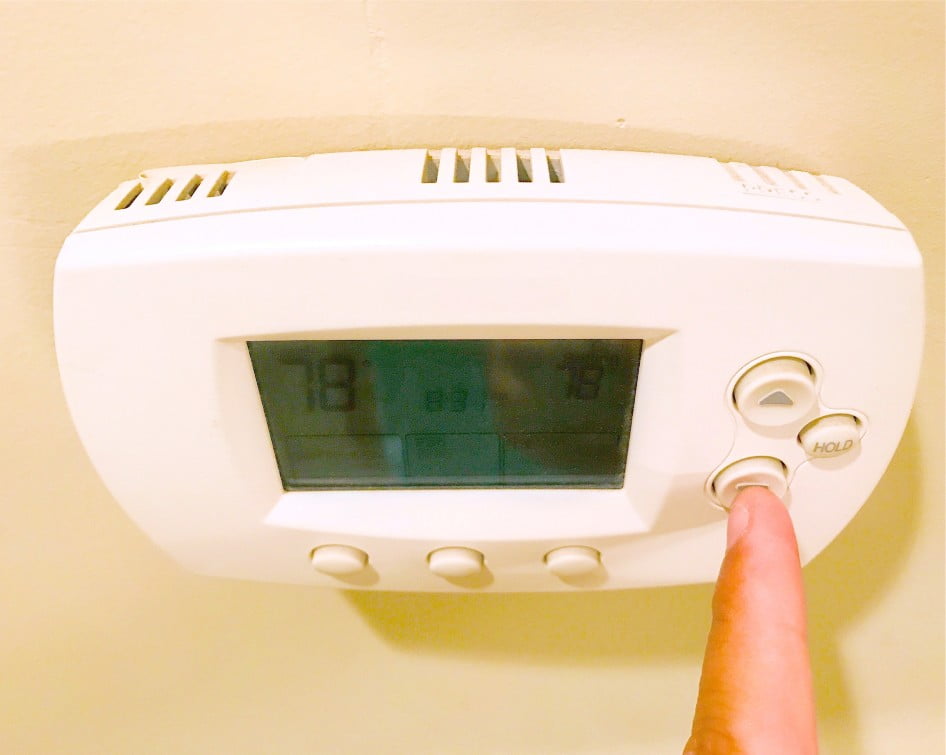













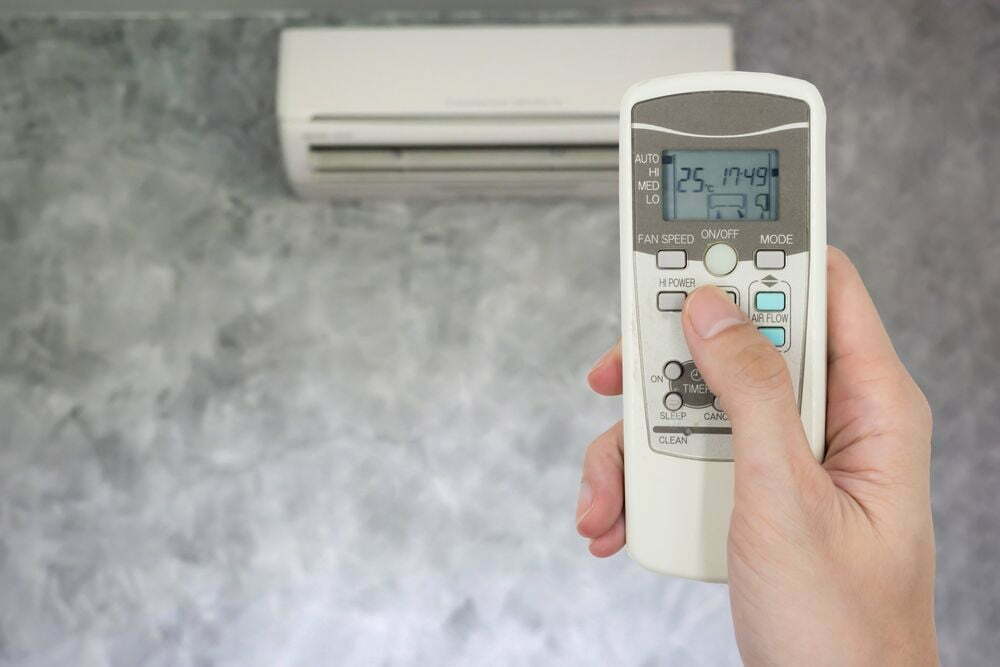
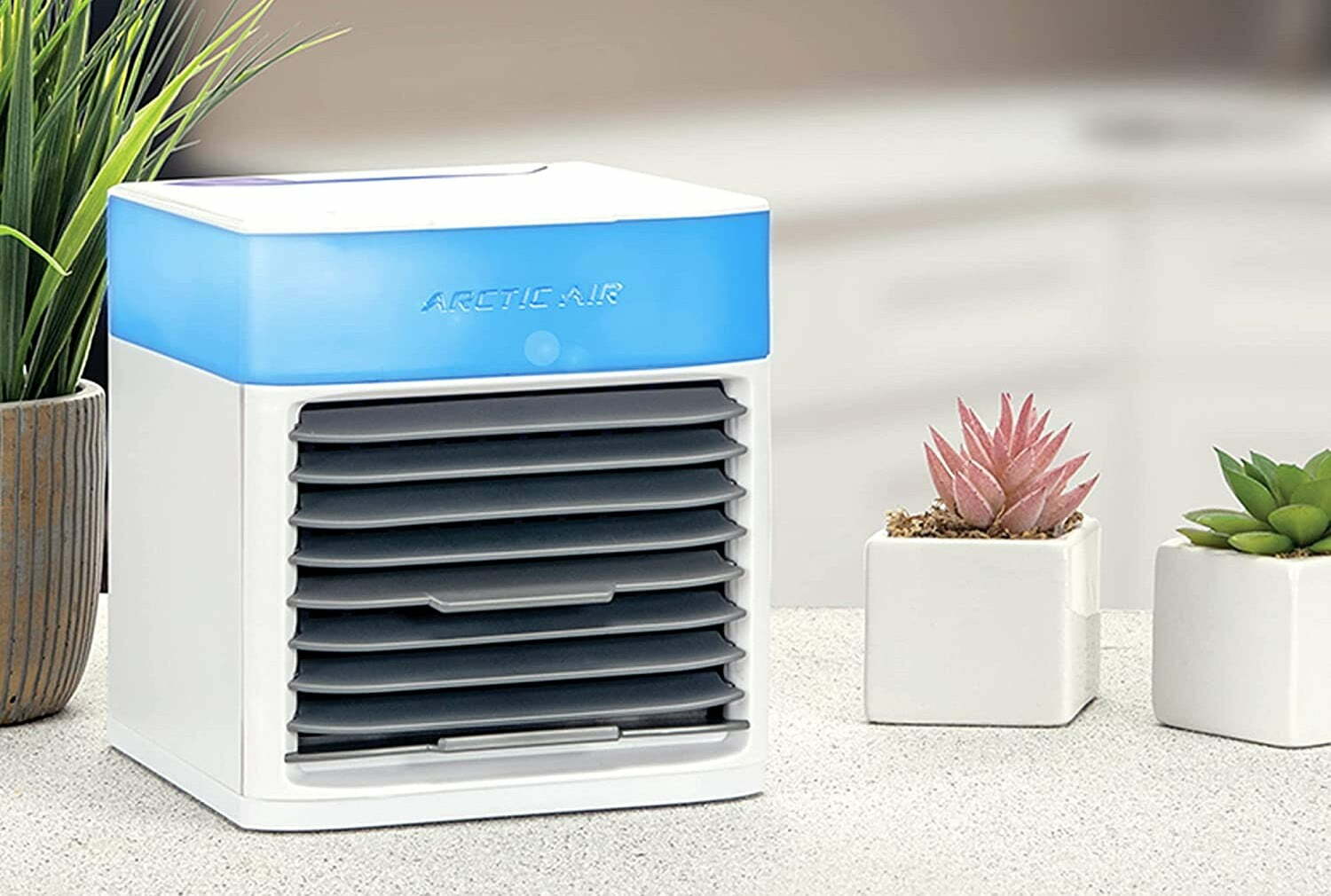
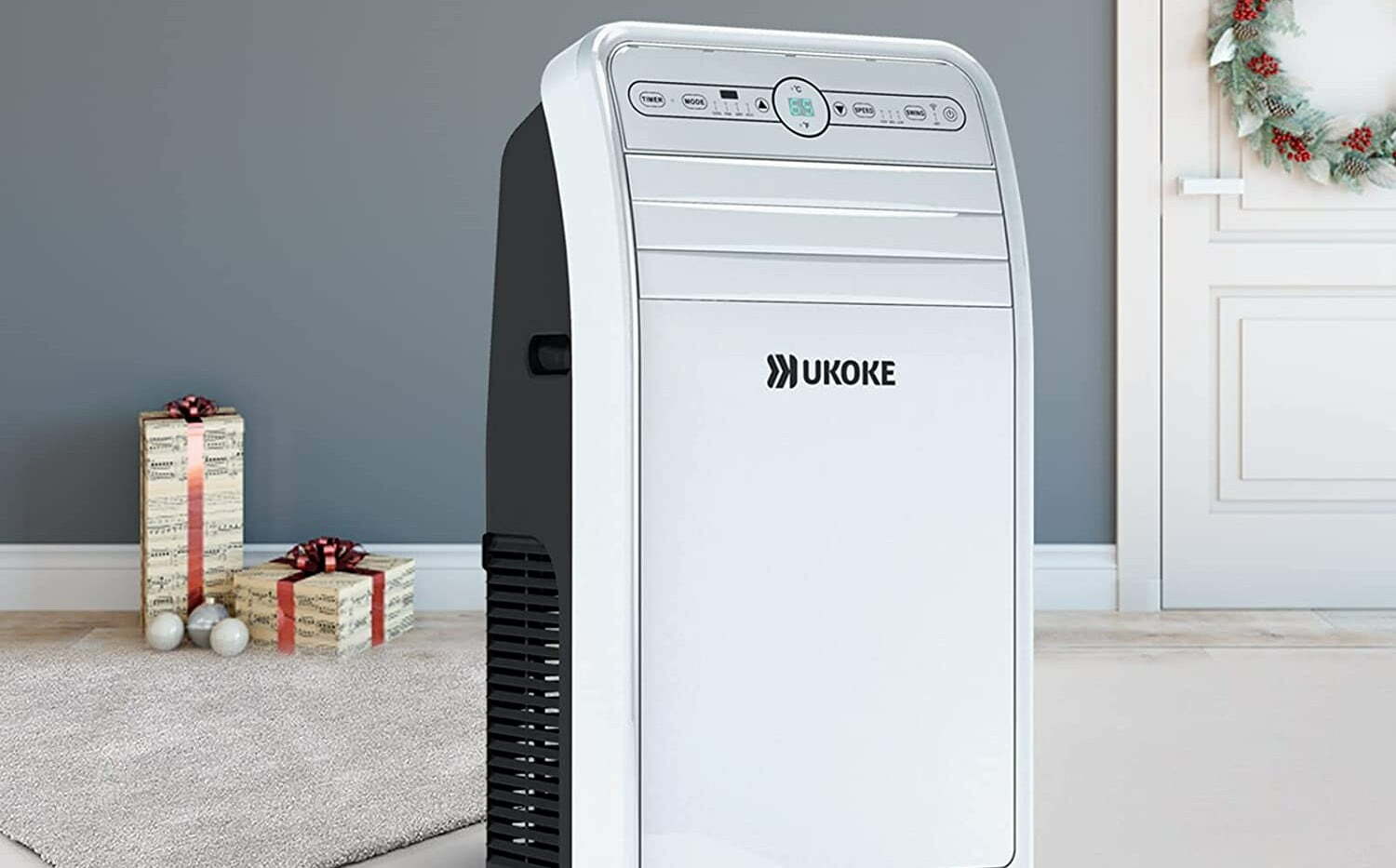
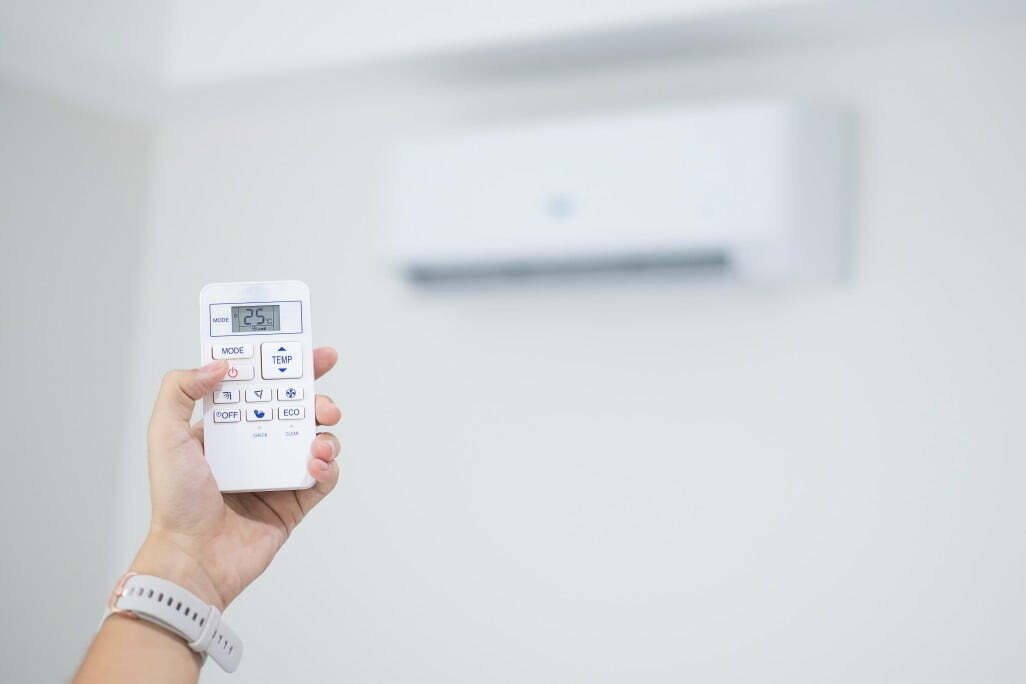
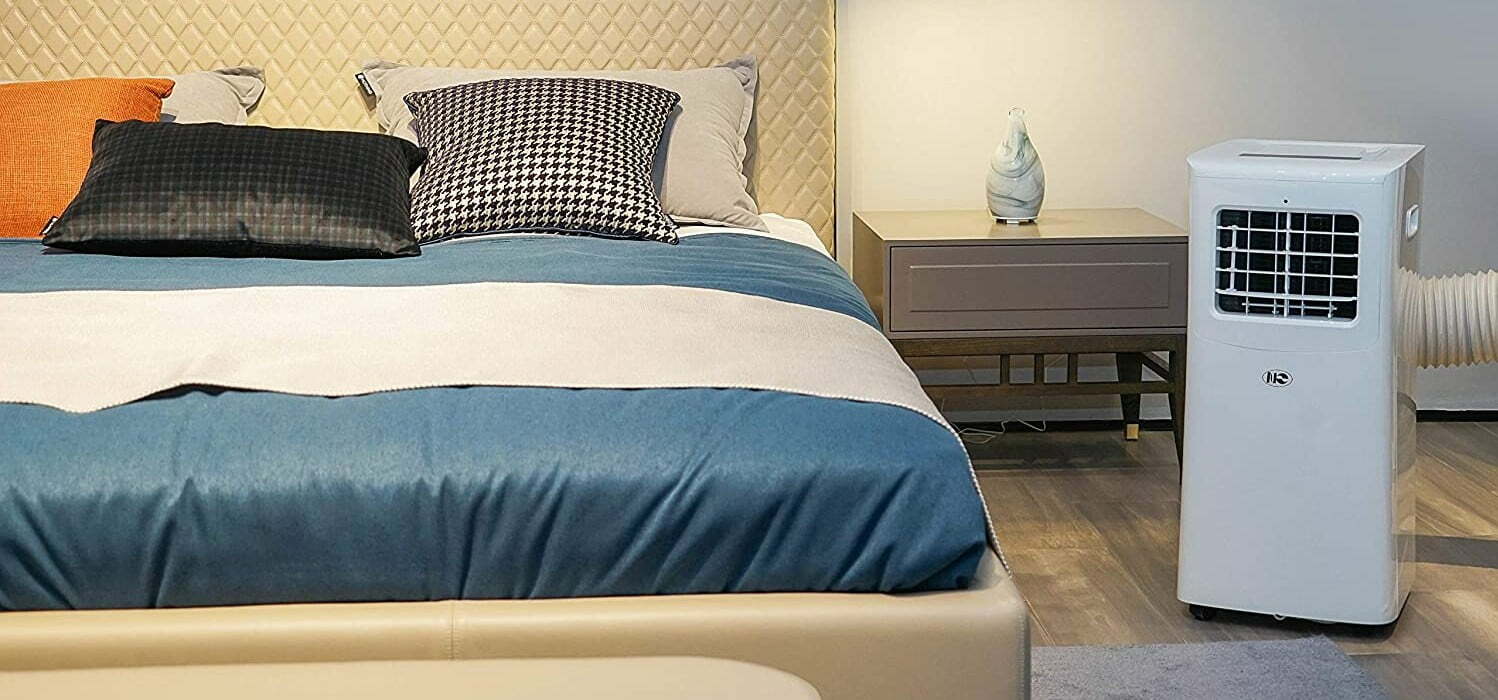
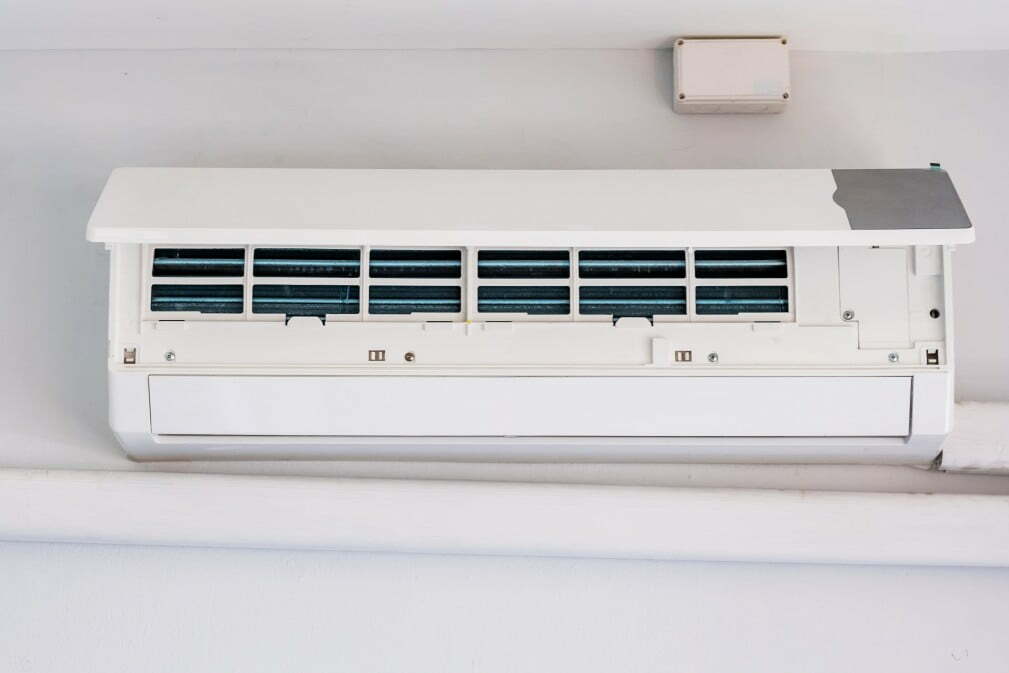
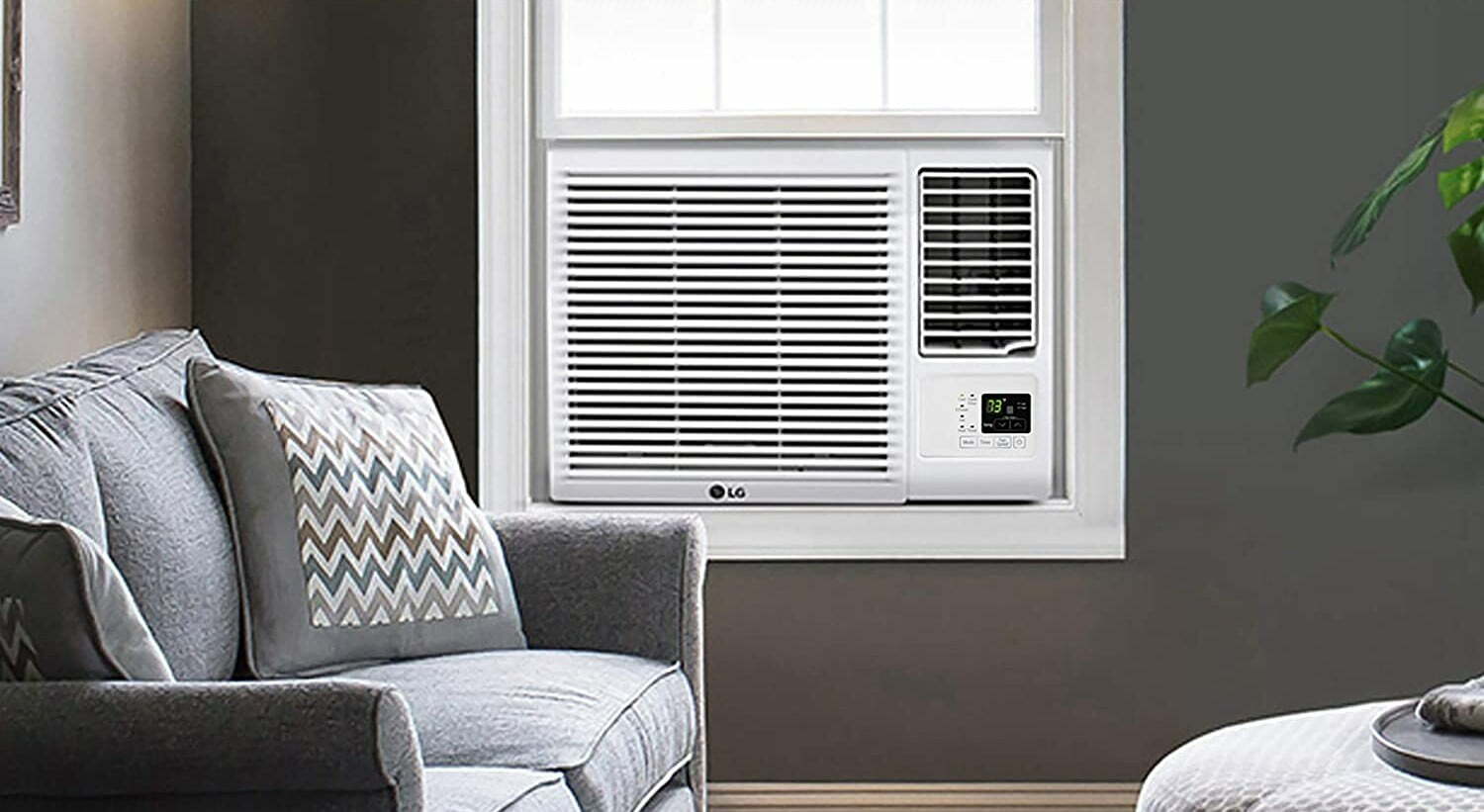
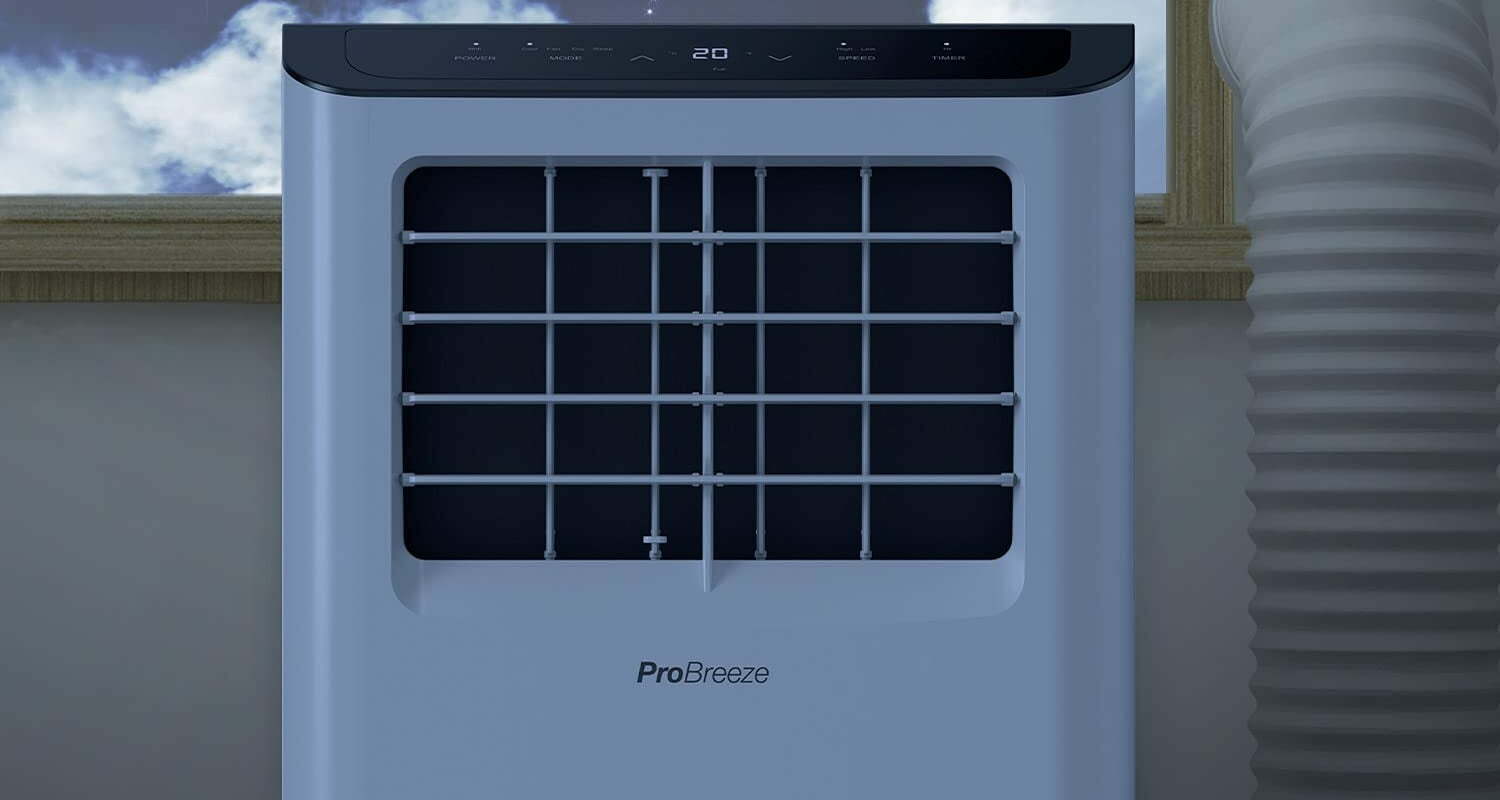
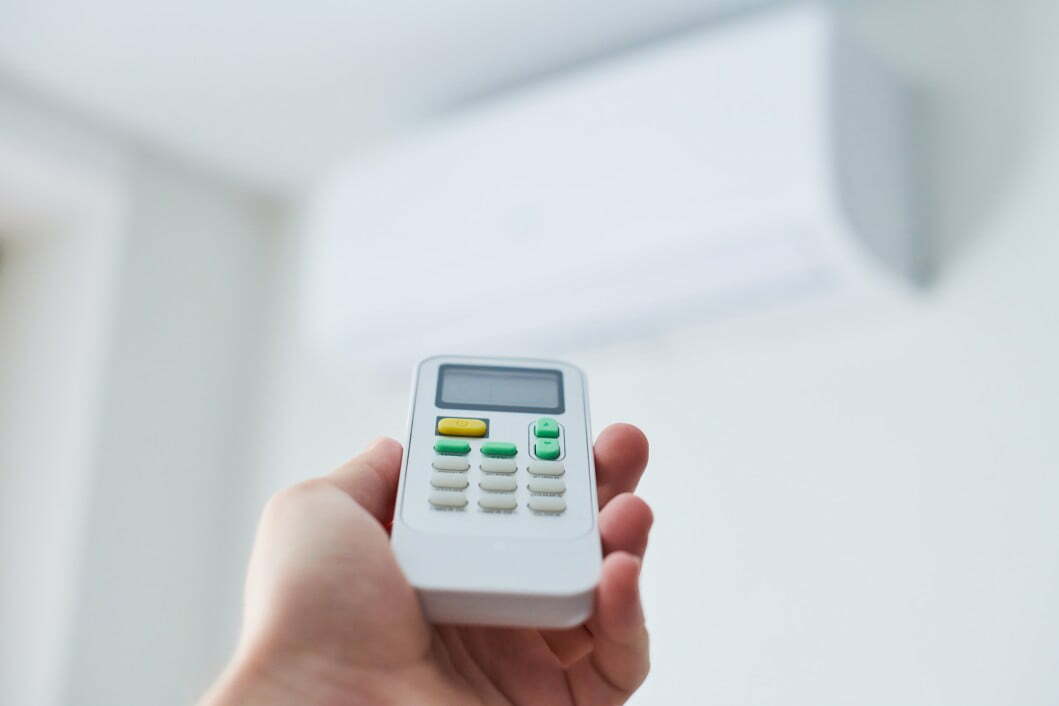

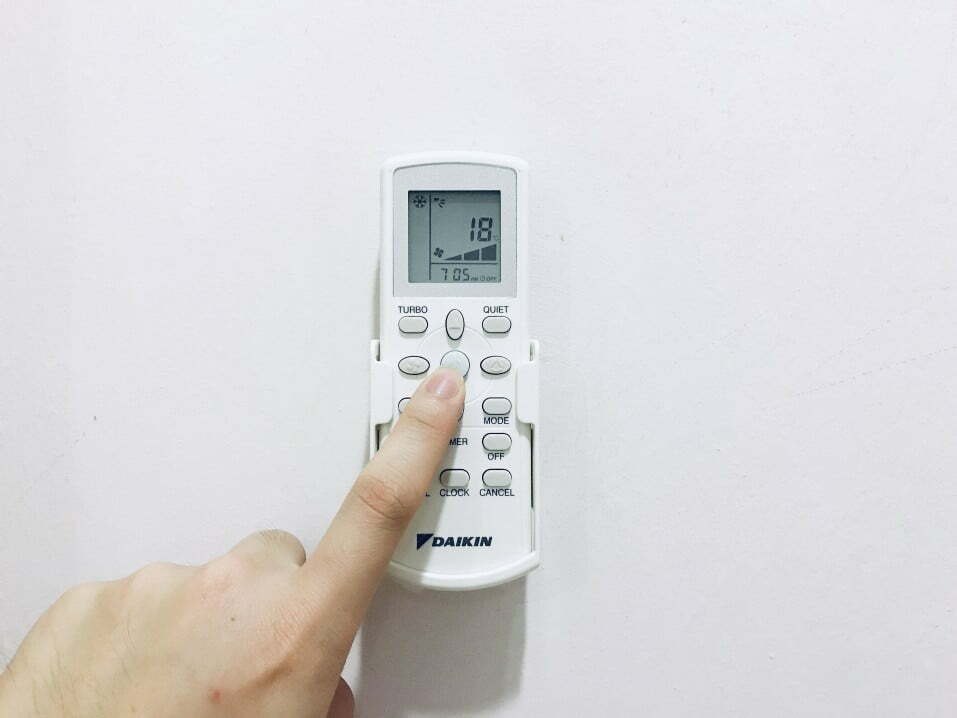
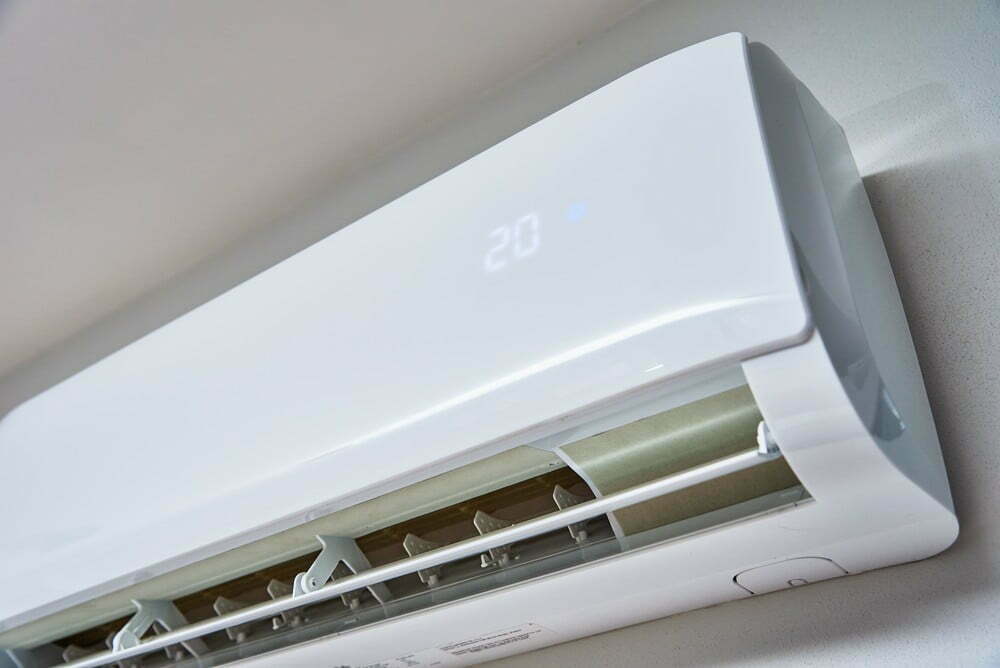
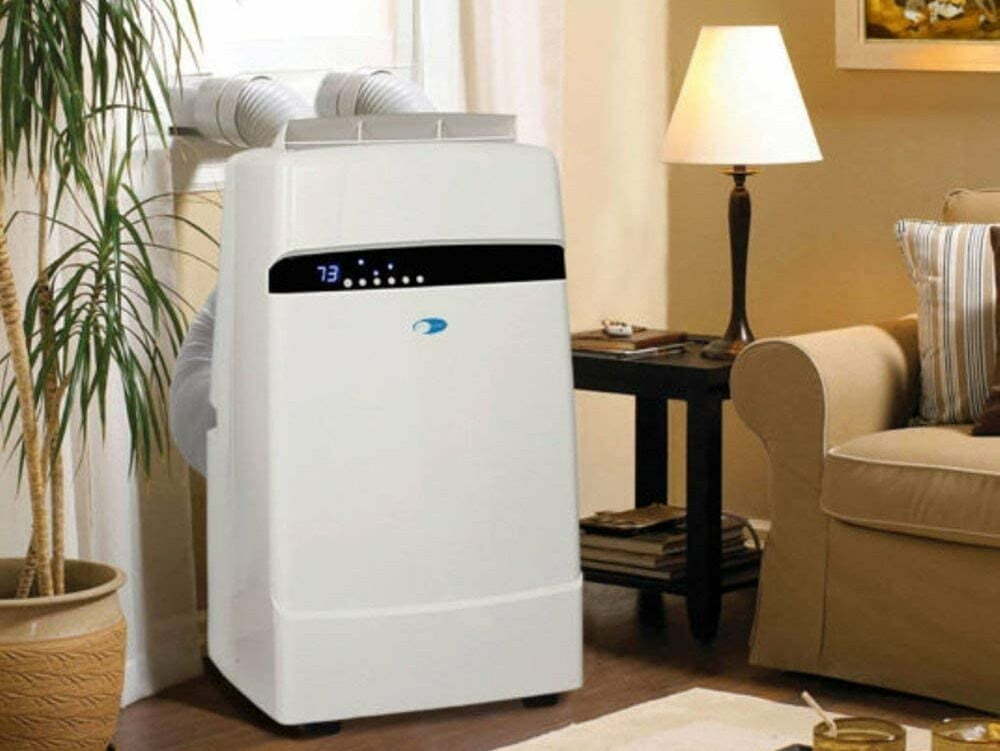
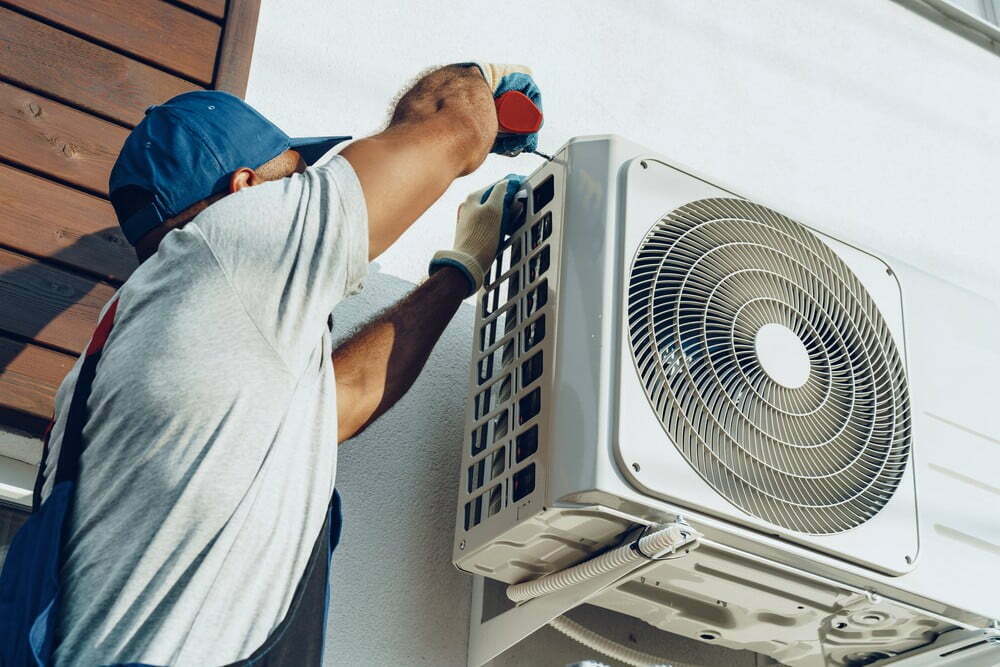
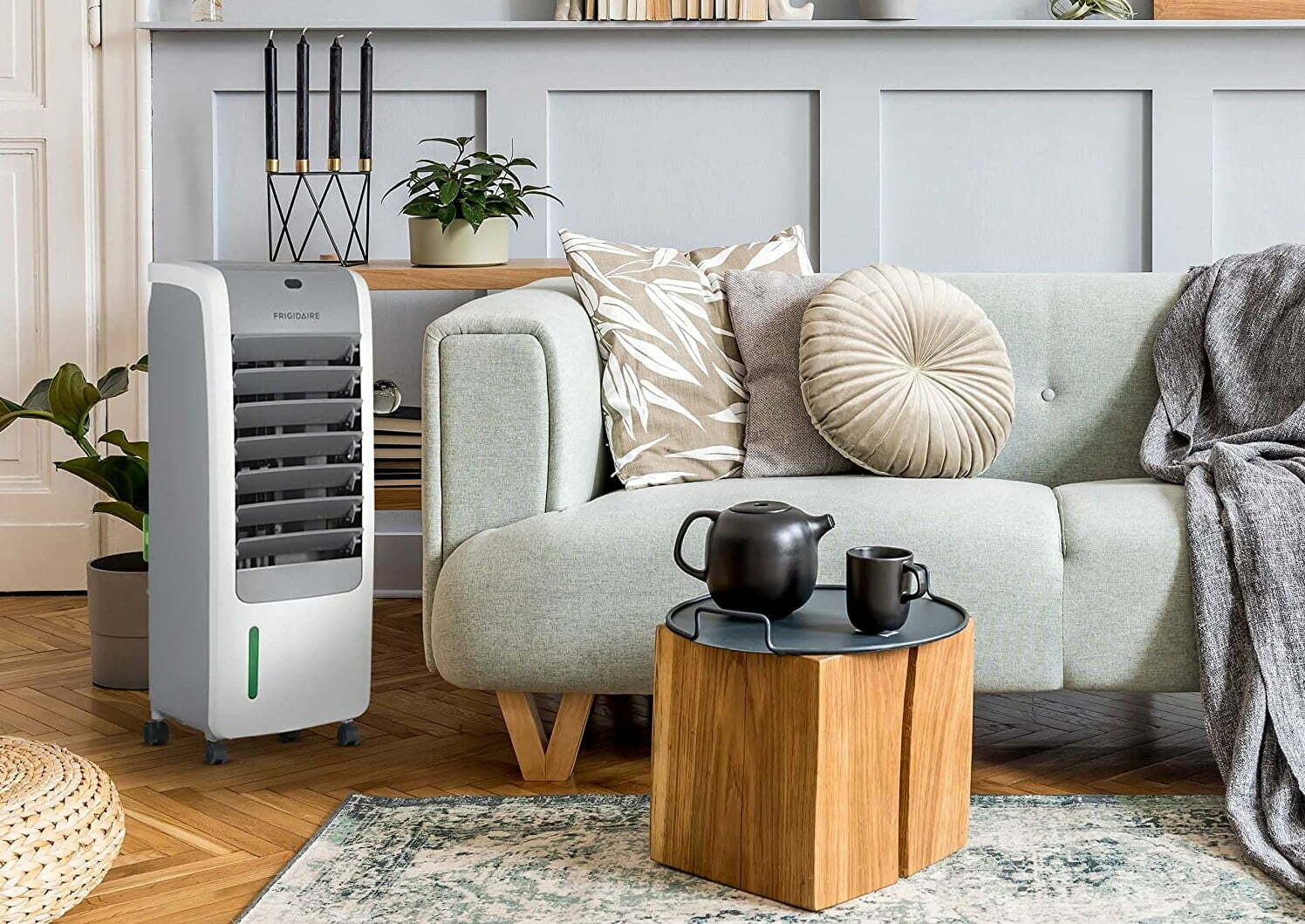
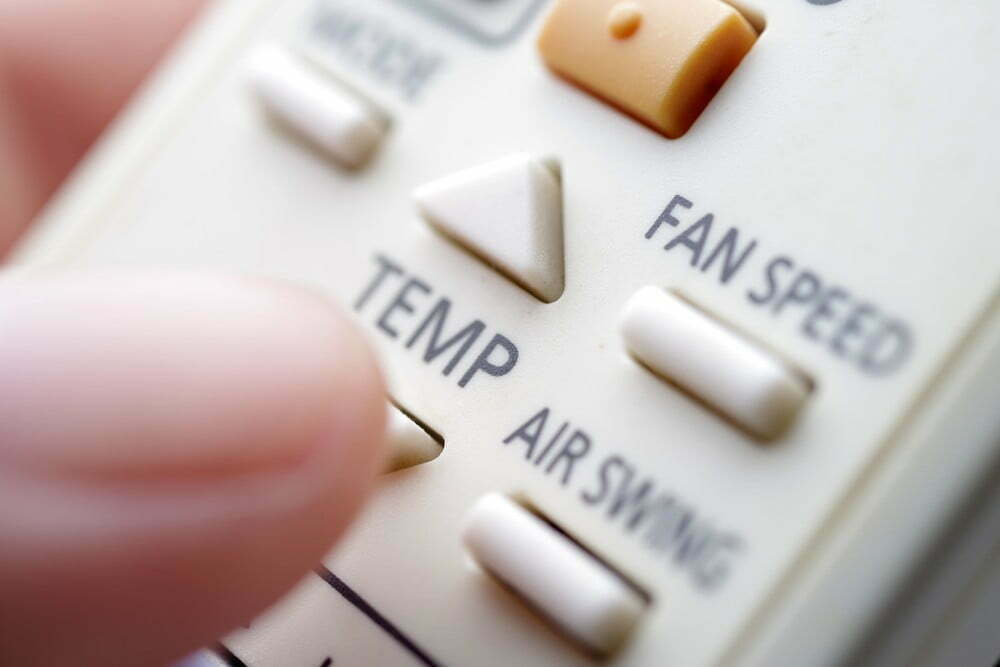
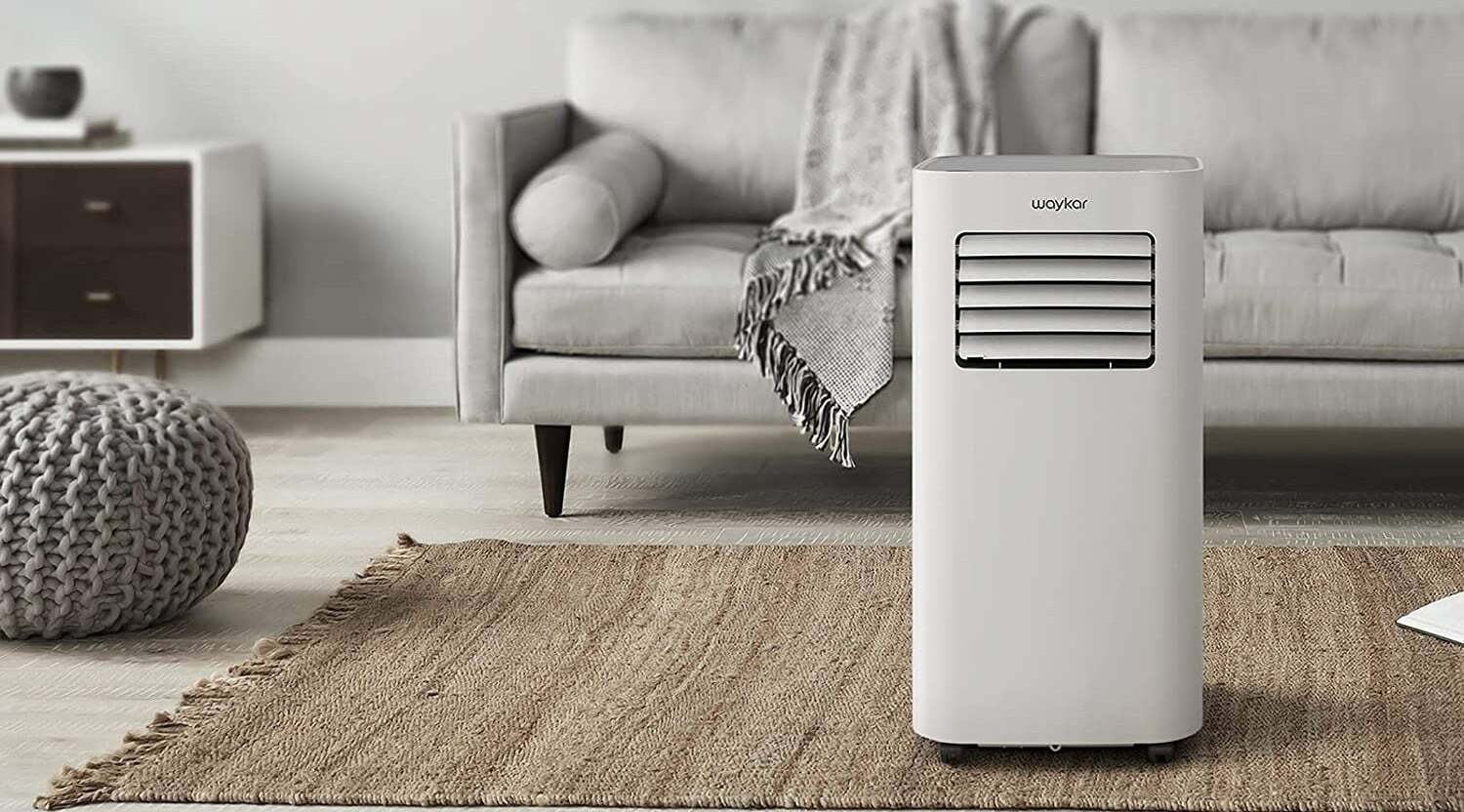
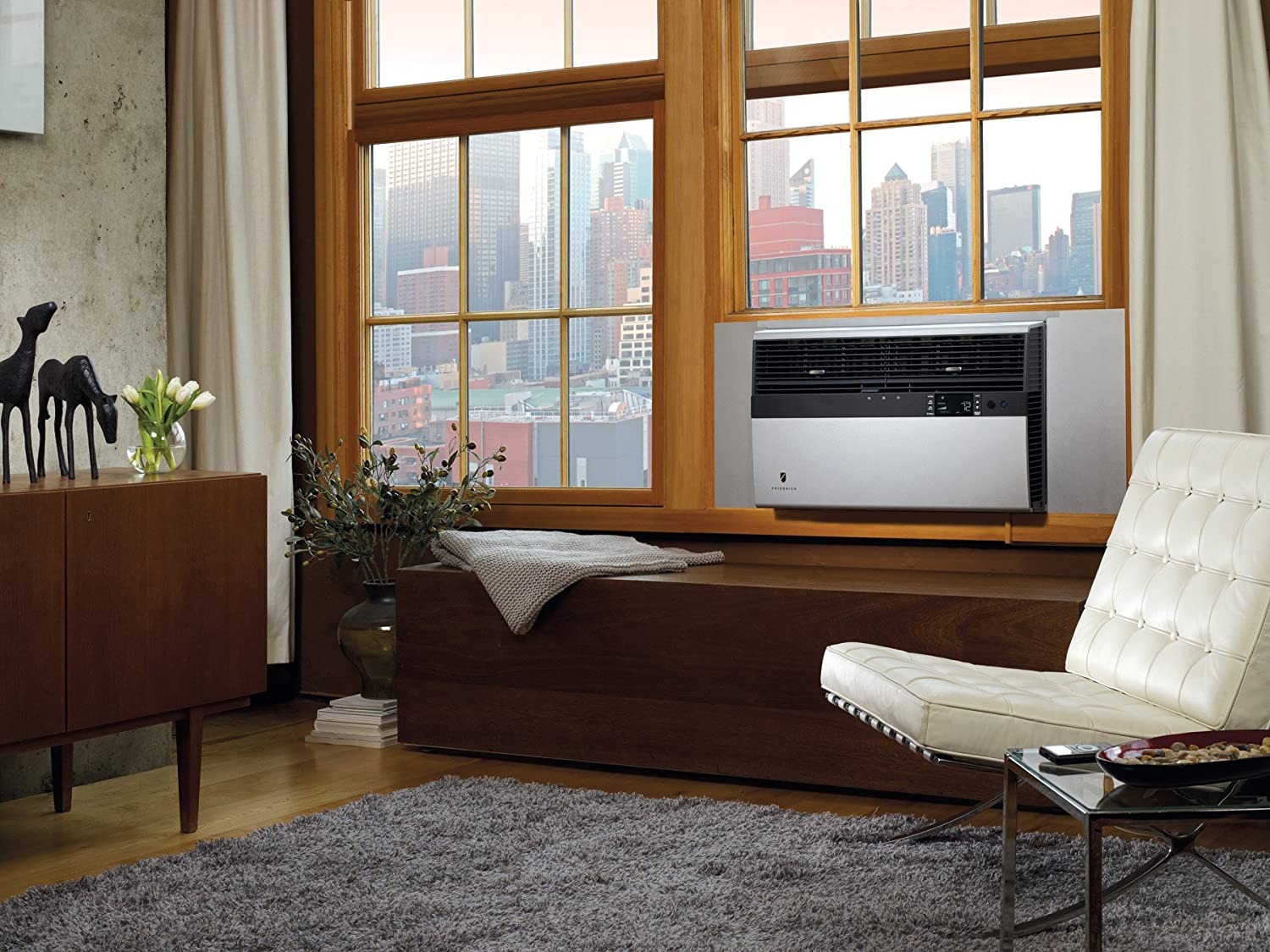
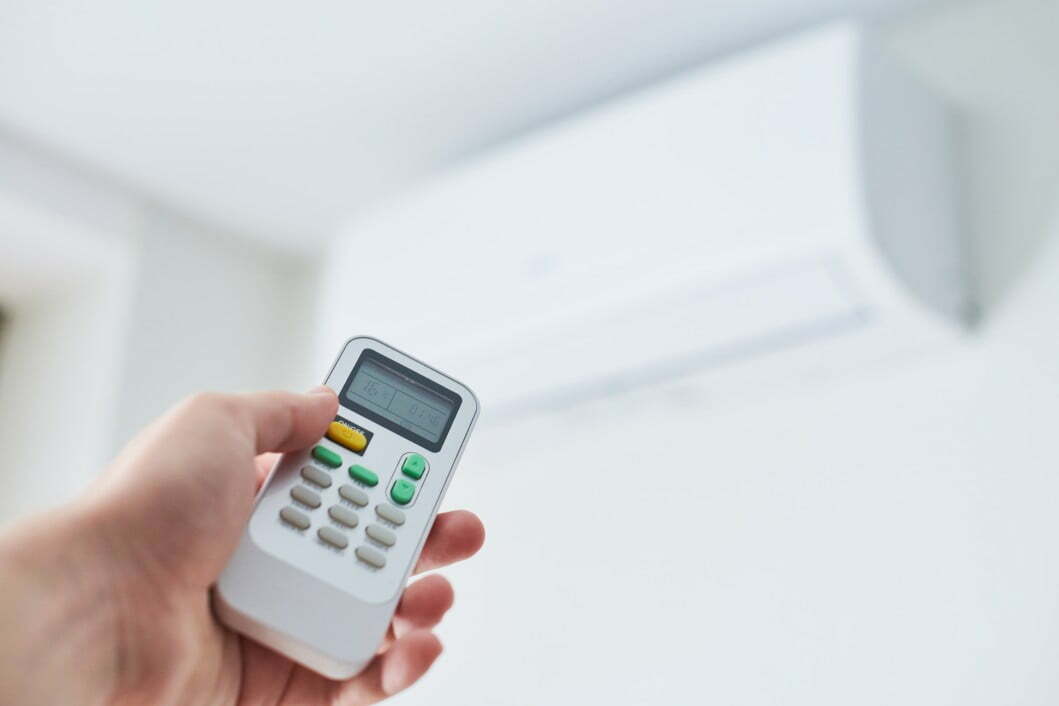
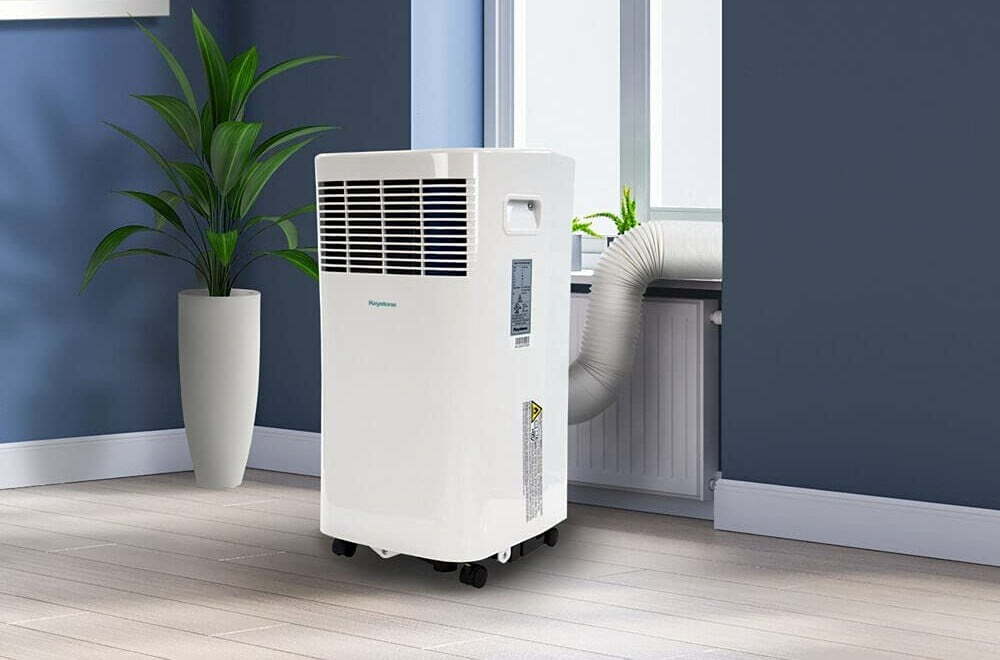
![Best Air Conditioners in [year] ([month] Reviews) 27 Best Air Conditioners in 2025 (December Reviews)](https://www.gadgetreview.dev/wp-content/uploads/best-air-conditioners-image.jpg)
![Quietest Through The Wall Air Conditioners in [year] 28 Quietest Through The Wall Air Conditioners in 2025](https://www.gadgetreview.dev/wp-content/uploads/quietest-through-the-wall-air-conditioner-image.jpg)
![Best 10000 BTU Air Conditioners in [year] 29 Best 10000 BTU Air Conditioners in 2025](https://www.gadgetreview.dev/wp-content/uploads/best-10000-btu-air-conditioner-image.jpg)
![Best 15000 BTU Air Conditioners in [year] 30 Best 15000 BTU Air Conditioners in 2025](https://www.gadgetreview.dev/wp-content/uploads/best-15000-btu-air-conditioner-image.jpg)
![Best 15000 BTU Window Air Conditioners in [year] 31 Best 15000 BTU Window Air Conditioners in 2025](https://www.gadgetreview.dev/wp-content/uploads/best-15000-btu-window-air-conditioner-image.jpg)
![Best 12000 BTU Air Conditioners in [year] 32 Best 12000 BTU Air Conditioners in 2025](https://www.gadgetreview.dev/wp-content/uploads/best-12000-btu-air-conditioner-image.jpg)
![Best Photocatalytic Oxidation Air Purifiers in [year] 33 Best Photocatalytic Oxidation Air Purifiers in 2025](https://www.gadgetreview.dev/wp-content/uploads/best-photocatalytic-oxidation-air-purifier-image.jpg)
![Best Ventless Portable Air Conditioners in [year] 34 Best Ventless Portable Air Conditioners in 2025](https://www.gadgetreview.dev/wp-content/uploads/best-ventless-portable-air-conditioner-image.jpg)
![Best Window Air Conditioners with Heat in [year] 35 Best Window Air Conditioners with Heat in 2025](https://www.gadgetreview.dev/wp-content/uploads/best-window-air-conditioner-with-heat-image.jpg)
![Best Inverter Air Conditioners in [year] 36 Best Inverter Air Conditioners in 2025](https://www.gadgetreview.dev/wp-content/uploads/best-inverter-ac-image.jpg)
![Best HEPA Air Purifiers in [year] 37 Best HEPA Air Purifiers in 2025](https://www.gadgetreview.dev/wp-content/uploads/best-hepa-air-purifier-image.jpg)
![Best Quiet Window Air Conditioners in [year] 38 Best Quiet Window Air Conditioners in 2025](https://www.gadgetreview.dev/wp-content/uploads/quiet-window-air-conditioner-image.jpg)
![Best Energy Efficient Window Air Conditioners in [year] 39 Best Energy Efficient Window Air Conditioners in 2025](https://www.gadgetreview.dev/wp-content/uploads/best-energy-efficient-window-air-conditioner-image.jpg)
![Best Quiet Portable Air Conditioners in [year] 40 Best Quiet Portable Air Conditioners in 2025](https://www.gadgetreview.dev/wp-content/uploads/quiet-portable-air-conditioner-image.jpg)
![Best 6000 BTU Air Conditioners in [year] 41 Best 6000 BTU Air Conditioners in 2025](https://www.gadgetreview.dev/wp-content/uploads/best-6000-btu-air-conditioner-image.jpg)
![Best 8000 BTU Air Conditioners in [year] 42 Best 8000 BTU Air Conditioners in 2025](https://www.gadgetreview.dev/wp-content/uploads/best-8000-btu-air-conditioner-image.jpg)
![Best Small Window Air Conditioner in [year] 43 Best Small Window Air Conditioner in 2025](https://www.gadgetreview.dev/wp-content/uploads/best-small-window-air-conditioner-image.jpg)
![Best 5000 BTU Air Conditioners in [year] 44 Best 5000 BTU Air Conditioners in 2025](https://www.gadgetreview.dev/wp-content/uploads/best-5000-btu-air-conditioner.jpg)
![Best Mini Split in [year] 45 Best Mini Split in 2025](https://www.gadgetreview.dev/wp-content/uploads/best-ductless-mini-split-air-conditioner-image.jpg)
![10 Best Portable Air Conditioners and Heaters in [year] 46 10 Best Portable Air Conditioners and Heaters in 2025](https://www.gadgetreview.dev/wp-content/uploads/best-portable-air-conditioner-and-heater-image.jpg)
